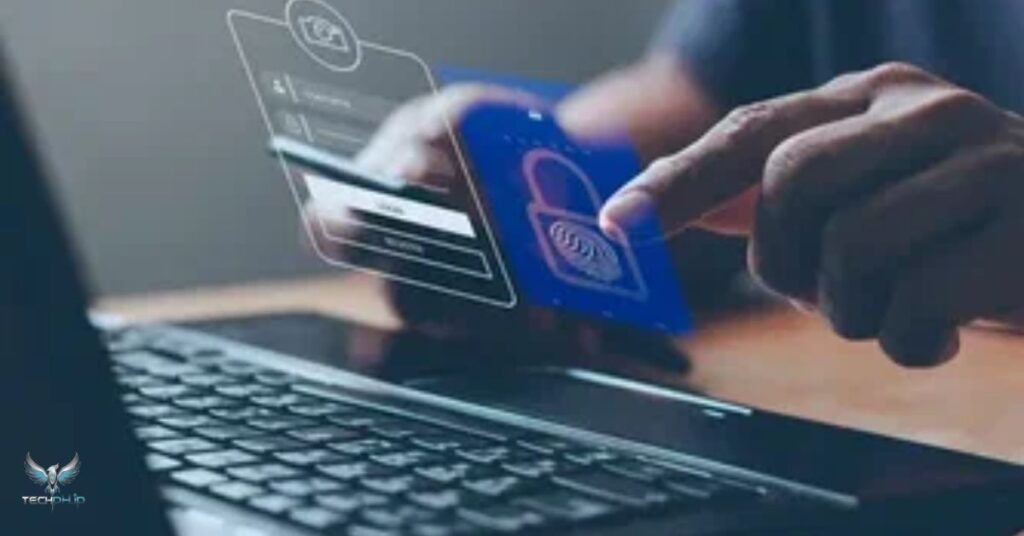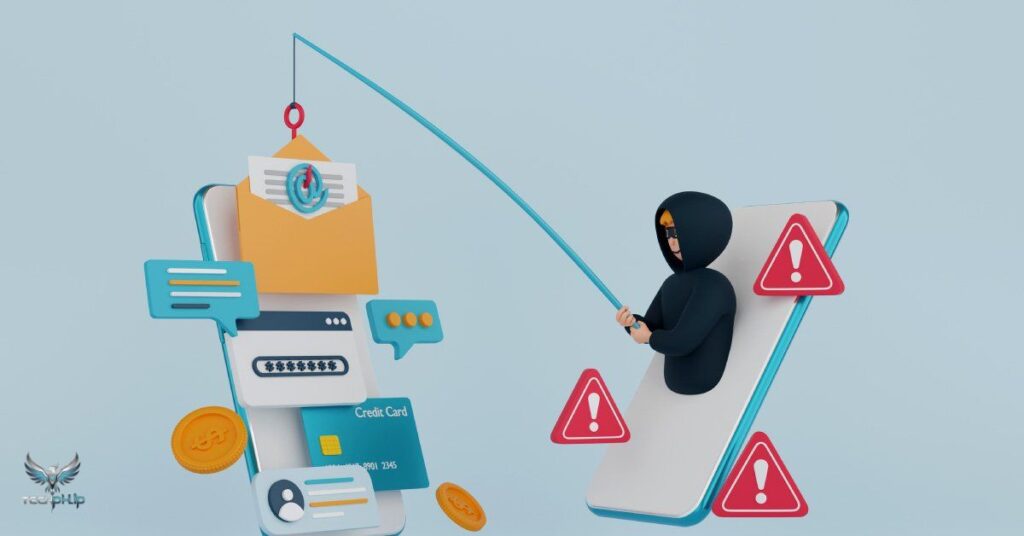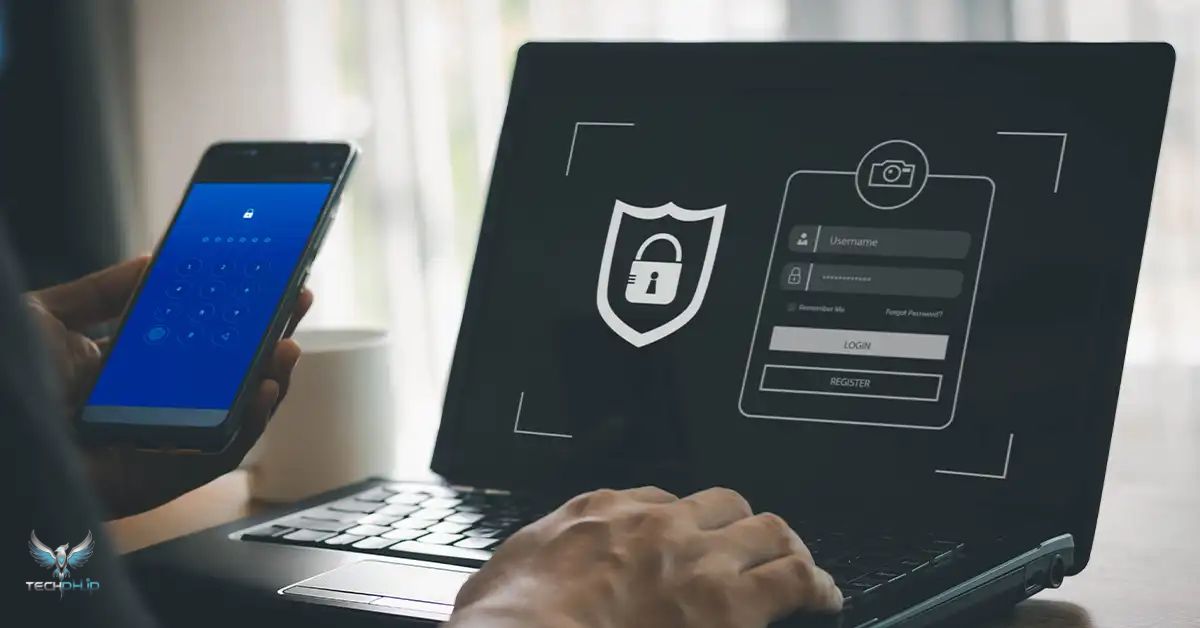In today’s digital world Cybercriminals constantly develop new tricks to deceive people. One troubling scam that’s been making the rounds is the US9524901144737 USPS phishing scam. This scam preys on the trust we place in Organizations like the United States Postal Service (USPS) making it vital to stay alert and Informed. This comprehensive guide will help you recognize the signs of this Scam and provide steps to protect yourself.
Understanding the US9524901144737 USPS Phishing Scam

What is a Phishing Scam?
Phishing scams are fraudulent attempts to obtain sensitive information by disguising as a trustworthy entity. Scammers use various techniques to deceive individuals into divulging personal information such as usernames, passwords and credit card details. These scams often occur via email text messages or phone calls.
Specifics of the US9524901144737 Scam
The US9524901144737 USPS phishing scam specificaly targets individuals by mimicking USPS comunications. Scamers send messages with a fake tracking number US9524901144737 to make the scam appear legitimate. They claim there’s an issue with a delivery prompting recipients to click on a link to resolve the problem. This link leads to a fake website that closely resembles the official USPS site but is designed to steal personal information.
Common Tactics Used in the Scam
Initial Contact Methods
Scammers initiate contact through various methods:
- Email: The scam email mimics official USPS communication often using logos and branding to appear authentic.
- Text Messages: Similar to email these messages contain the fake tracking number and a link to the phishing site.
- Voicemails: Automated calls inform you of a delivery issue and direct you to a website to update your information.
Creating a Sense of Urgency
One of the key tactics used in the US9524901144737 USPS phishing scam is creating a sense of urgency. The messages often state that immediate action is required to avoid returning the package or incurring additional fees. This urgency pressures recipients to act quickly without thoroughly considering the legitimacy of the message.
Mimicking Legitimate Sites
The phishing websites are meticulously designed to look like the official USPS site. However there are subtle differences:
- URL Variations: Instead of “USPS.com” the URL might be “USPS secure365.com” or something similar.
- Design Elements: While the overall design mimics the USPS site there may be slight inconsistencies in the layout colors or fonts.
Data Collection Techniques
Once on the fake site victims are asked to provide personal information under the guise of confirming their identity or paying a small redelivery fee. The information collected can include
- Full name
- Address
- Phone number
- Email address
- Credit card details
Real-Life Example: Victim’s Story
Narrative of a Victim
Consider John, a busy professional from Los Angeles. John received an email that apeared to be from USPS Informing him of a failed delivery attempt and providing a link to update his address. Trusting the email John clicked the link and entered his personal details on the site.
Consequences Faced
Shortly after John noticed unusual activity in his bank accounts. He discovered that his Identity had been stolen leading to Unauthorized purchases and new credit accounts opened in his name. The next few months were a nightmare as he worked to regain control of his financial and personal information.
Lessons Learned
John’s experience teaches us several important lessons:
- Always verify the sender before clicking on any links.
- Be cautious of any unsolicited messages especially those asking for personal information.
- Regularly monitor your bank statements and credit reports for suspicious activity.
Red Flags: How to Spot the Scam

Unsolicited Notifications
Be cautious of unexpected delivery failure messages especialy if you’re not expecting a package. Legitimate notifications from USPS typically occur if you have tracking information for a package you are aware of.
Generic Greetings
Scamers often use impersonal greetings like “Dear customer” instead of your name. Legitimate USPS comunications usualy address you by your full name.
Urgency and Pressure Tactics
Messages that create a sense of urgency or pressure you to act quickly are comon in phishing scams. These tactics are designed to make you react without thinking.
Suspicious Links
Before clicking on any links hover over them to see where they lead. Legitimate USPS links will usualy lead to USPS.com. If the URL looks suspicious or unfamiliar don’t click on it.
Poor Grammar and Spelling
Official comunications from reputable organizations are typically well written and free of erors. Phishing attempts often contain gramatical mistakes and typos which can be a red flag.
Also read this :DevelopSearcher.site: Revolutionize Your Development Process!
Verifying USPS Tracking Numbers
Using the Official USPS Website
To verify a tracking number visit the official USPS website at USPS.com. Manually enter the tracking number in the tracking tool. If the tracking number is valid, it will be associated with an actual package in the USPS system.
Contacting USPS Directly
If you’re unsure about the legitimacy of a tracking number contact USPS customer service directly at 1-800-ASK-USPS (1-800-275-8777). They can verify the tracking number for you and provide aditional information.
Examples of Legitimate vs. Fake Tracking Numbers
| Legitimate Tracking Number | Fake Tracking Number |
| 9400 1000 0000 0000 0000 00 | US9524901144737 |
| 9270 1000 0000 0000 0000 00 | USPS-secure365.com/track |
| 9407 3000 0000 0000 0000 00 | USPS-fake123.com/track |
Immediate Steps if You’ve Been Phished
Contact Financial Institutions
If you suspect you’ve been phished imediately notify your bank and credit card companies. They can monitor your accounts for suspicious activity and take steps to protect your funds.
Place Fraud Alerts
Contact one of the three major credit bureaus Experian Equifax or TransUnion and request a fraud alert on your credit file. This will make it harder for scamers to open new accounts in your name.
Monitor Credit Reports
Regularly check your credit reports for any unauthorized activity. You can obtain free credit reports from AnnualCreditReport.com.
Change Online Passwords
Update paswords for all your online acounts especially those related to financial institutions or sensitive personal information. Use strong, unique passwords for each account.
File Identity Theft Reports
Report the incident to the Federal Trade Commission (FTC) at IdentityTheft.gov and to your local law enforcement agency. This can help you recover from identity theft and prevent further damage.
Long-Term Protective Measures
Credit Freezes
Consider placing a credit freeze with the three major credit bureaus. This prevents anyone including you from opening new credit acounts in your name until you lift the freeze.
Vigilant Monitoring
Continuously monitor your bank statements credit card accounts and credit reports for any suspicious activity or unauthorized transactions. Early detection can prevent further damage.
Identity Theft Protection Services
Explore reputable identity theft protection services that can monitor your personal information and assist with recovery efforts if needed. These services can provide an added layer of security and peace of mind.
Also read this : FintechZoom Costco Stock: Navigating the Retail Giant’s Market Performance
Reporting the Scam
USPS Reporting Channels
If you receive a phishing email or text mesage, forward it to USPS at spam@uspis.gov. You can also report suspicious text messages to 7726 (SPAM).
Federal Trade Commission (FTC)
File a complaint with the FTC at FTC Complaint Assistant. This helps authorities track and combat phishing scams.
Anti-Phishing Working Group (APWG)
Forward phishing emails to the APWG at reportphishing@apwg.org. This Organization helps fight phishing and educates the public on how to avoid scams.
Email Provider Tools
Use your email provider’s tools to mark the message as phishing or spam. This helps your provider improve its spam filters and protect other users.
Preventing Future Phishing Attacks
Install and Update Antivirus Software
Reliable antivirus software can detect and block many phishing atempts and malware threats. Ensure your antivirus software is always up to date.
Keep Software Up-to-Date
Regularly update your software and operating systems to benefit from the latest security patches and improvements. Outdated software can be vulnerable to atacks.
Use Ad Blockers
Browser based ad blockers can prevent malicious advertisements from redirecting you to phishing sites. Consider using reputable ad blocking extensions.
Be Cautious with Downloads
Only download software and files from trusted sources. Unverified downloads can contain malware that compromises your security.
Backup Your Data
Regularly back up your important data to an external drive or cloud service. This can protect you from data loss due to malware or ransomware attacks.
Verify Senders
Always verify the sender’s email addres before responding or clicking on links. Oficial comunications will come from legitimate recognizable domains.
Avoid Clicking Unknown Links
Be wary of links in unsolicited messages. If you’re unsure visit the website directly by typing the URL into your browser rather than clicking on a link.
Report Suspicious Messages
Report any suspicious emails text mesages or phone calls to the apropriate authorities. This helps combat phishing scams and protect others.
Enable Two-Factor Authentication (2FA)
Whenever posible enable two factor authentication (2FA) on your online acounts. This ads an extra layer of Security by requiring a second form of verification.
Stay Informed
Stay updated on the latest phishing tactics and Cybersecurity news. Knowledge is your best defense against new and evolving threats.
Conclusion
Phishing scams like the US9524901144737 USPS scam are becoming increasingly Sophisticated preying on our trust in reputable organizations like the USPS. Recognizing the signs of these scams and taking proactive measures to protect yourself is esential.
Stay vigilant by verifying unsolicited notifications scrutinizing suspicious links and regularly monitoring your financial acounts and credit reports.Employing strong, unique paswords and enabling two factor authentication can add crucial layers of security to your online presence.
Remember awarenes and swift action are your best defenses. Share this information with friends and family to help spread awareness. By staying informed and cautious you can significantly reduce the risk of falling victim to phishing scams and contribute to a safer online community.
Stay safe and secure and always err on the side of caution when dealing with unexpected comunications. If you suspect a phishing attempt report it imediately to help combat these malicious activities and protect others.











